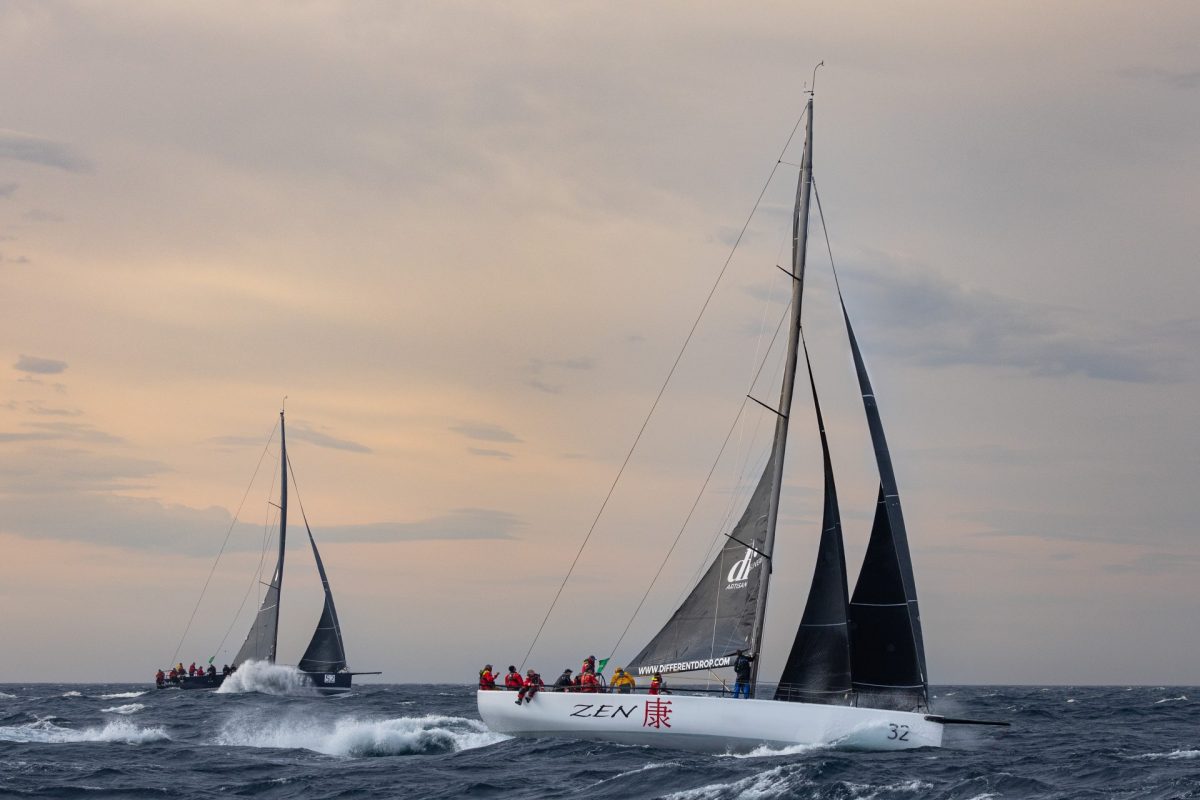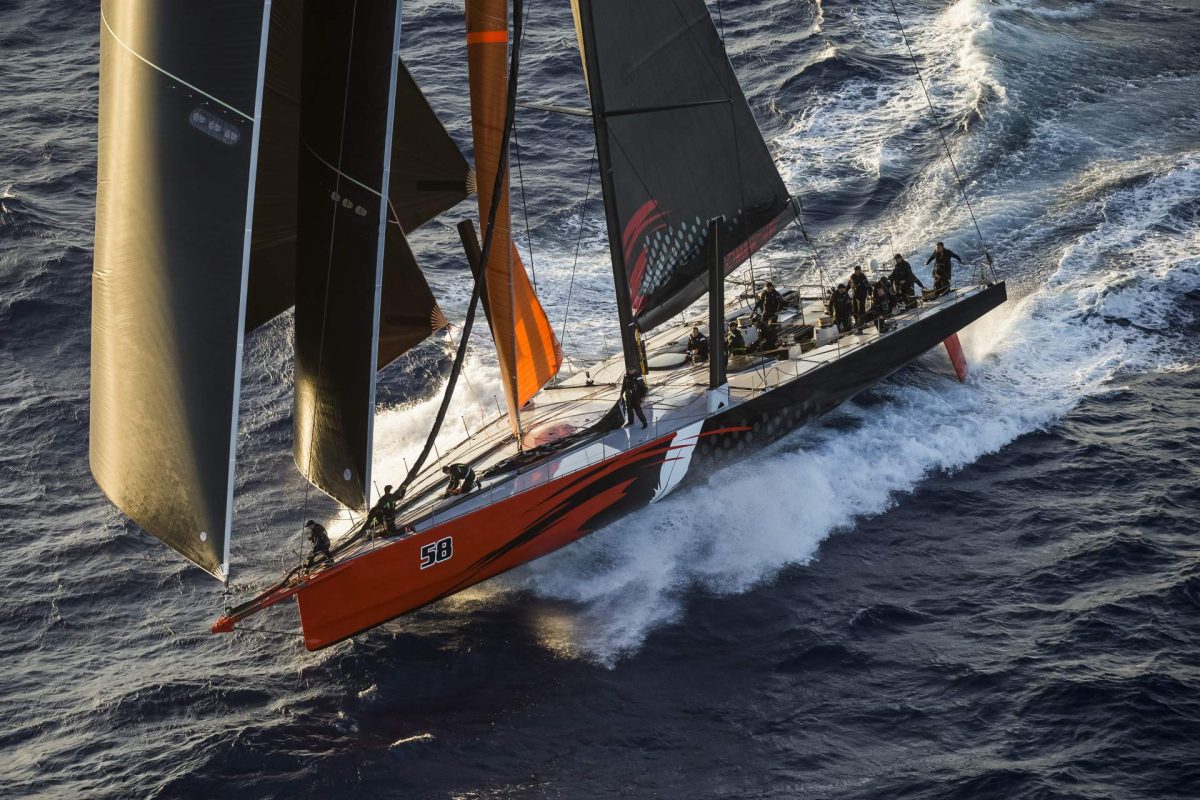Sailing 628 nautical miles from Sydney to Hobart is far from a leisurely sea voyage. The Rolex Sydney Hobart Yacht Race (RSHYR) has become a symbol of bravery and sporting thrill.

Given the regatta’s schedule — it kicks off annually in Sydney on December 26, post Catholic Christmas and, after navigating the Bass Strait, wraps up by New Year’s in Hobart, Tasmania’s capital — one might think it’s a fun holiday pastime. That is, if you disregard the challenging route and weather conditions. Indeed, since the 19th century, when European sailors started actively exploring Australian waters, they’ve referred to the Bass Strait as a hellish meat grinder. In the “roaring forties”, the wind is almost always strong and hurricanes are common; the merging of vast water bodies from the Indian and Pacific Oceans in a narrow corridor creates strong variable currents; there are numerous reefs and small rocky islands with occasional iceberg fragments from Antarctica drifting in.

The statistics are telling: the Rolex Sydney Hobart Yacht Race has been held since 1945, and only once in its history, in 1952, did as many yachts finish as start — 17. The year 1998 was the most tragic, with 115 yachts trapped in a brutal storm with 80-knot winds (148 km/h) and 12-meter waves. Only 44 of them made it to Hobart; five yachts sank, six sailors lost their lives, and 55 people from capsized yachts were rescued. Today, the RSHYR is among the top three most prestigious and challenging 600-mile races globally.
Any type of sailboat can participate in the regatta, provided they fall within the size range of 30–100 feet (9–30 m), meet safety standards, and have insurance coverage of at least $3.7 million. To level the playing field, the fleet is split into several divisions based on length and a handicap is applied — the ‘net’ result is then adjusted considering the sail area and the length of the vessel. Two awards are given for victory: one for the best absolute time of completing the distance and another for the best performance when adjusted for handicap. The unpredictable nature of this sport is exemplified by the surprising finish in 2006, when the fastest yachts withdrew from the race and the victory was claimed by an old wooden Love&War, built in 1974.
However, there are enthusiasts who construct yachts specifically for racing — these are genuine ‘sea bolides’ of cutting-edge design, created using space-age technology. Let’s remember the renowned duel in the supermaxi division between Wild Oats XI, a seven-time RSHYR champion at that point, and Comanche, launched just a few months before the start, boasting a staggering design speed of 40 knots. The rivals were running neck and neck, but as the Comanche crew hadn’t had enough time to properly ‘break in’ the boat, the newcomer lost, trailing by a mere 49 minutes. However, by 2017, Comanche set an unprecedented regatta record — 1 day 9 hours 15 minutes 24 seconds, a record that remains unbeaten to this day.

regatta in 2018
But for sailors, the selection process is extremely rigorous. Half a year before the start, all participants undergo a pre-qualification — a trial race spanning 150 nautical miles. At least half of the team members must hold an ISAF Sea Survival certificate, at least two must be certified marine radio operators, and another two must either be medical professionals or have completed an emergency first aid course. The core of the crews consists of professionals, but there is also a significant number of amateurs. Indeed, not just the victory, but even participation in this regatta becomes a significant milestone in any sailor’s resume.
So, on December 26, 2023, tune in to the live broadcasts online — it’s far more captivating than any reality show, as both the challenges and the battle against the elements are real, not staged. As always, there will be plenty to see!
Photo: Rolex Sydney Hobart Yacht Race & The Cruising Yacht Club of Australia


